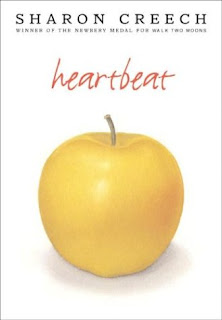The unnamed "boy" in the story is the main character and is terrified of witches after all of the stories he hears from his grandmother. His grandmother tells him how witches despise children and can make them disappear, and also teaches him how to recognize a witch. He thinks his grandmother is making all of it up until he travels to Norway with her and accidentally sits in on the witches' annual meeting. The witches have disguised themselves as a group of women preventing cruelty to children, but actually are all getting together to find out the plan from the Grand High Witch for how to get rid of all of the children. The Grand High Witch informs them they will create a poisonous mixture that will turn the children into mice and put it inside chocolate. The witches will give the chocolates away for free and the children will all turn into mice. The witches turn both the narrator and his friend into mice at their meeting, but even as mice, they are able to speak. The narrator works with his grandmother to come up with a plan to stop the witches from turning every child into a mouse. They use the witches own poison on them and come up with a plan to stop all of the witches in the entire world.
I would use this story to help the students consider multiple perspectives in literature. I would ask them to choose a part of the story and write a paragraph from the perspectives of the narrator, the grandmother, the Grand High Witch, Bruno, and one of the witches attending the meeting. I would focus on the narrator's character and ask students to think about how they would feel to live their lives as a mouse that can talk but know that they had saved all of the children of the world from witches. I would ask them to write a page based on what kind of decision they would make as the narrator and if they would feel accomplished after putting an end to the formula. Through exploring multiple perspectives, the students will be able to make connections to the story and understand the meaning behind the text.
AR Book Finder Book Level 4.7











